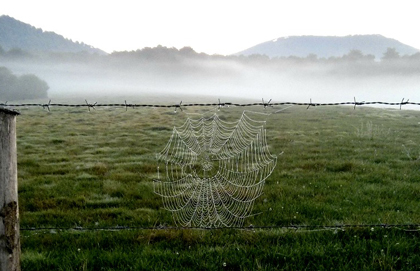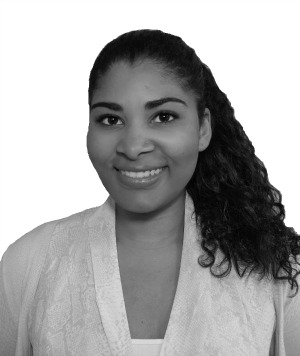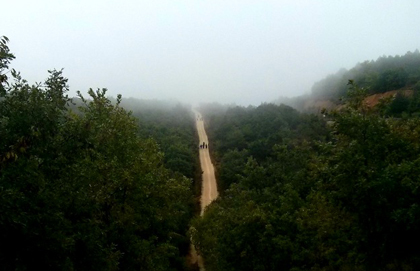Wake up. Eat. Walk. Break. Walk. Eat. Walk. Arrive. Laundry. Eat. Sleep. And repeat. Life as a pilgrim is a funny sort of existence. How can each day be the very same, and yet completely different? The routine, ever-consistent, was at once comforting and intimidating; I found myself bolstered by the knowledge that nothing but my own two feet would carry (or drag) me to my next destination. There were thirty days of sun rises, thirty days structured only by the yellow arrows that mark the way, thirty days of devoted preoccupation with the well-being of my feet, and thirty days of the purest freedom I have ever known. I have been home for three weeks, and although my blisters have healed and my aches have subsided, I will be forever marked by my time spent walking the Camino de Santiago.
For centuries, pilgrims have walked El Camino de Santiago, the end destination being the Cathedral in Santiago de Compostela, Spain, where the relics of Saint James the Apostle remain. The routes are many, but my journey began 775 km away in Saint-Jean-Pied-de-Port, France. Amid the prayer, introspection, solitude, companionship, and wonder was always a sense of gratitude for each day spent walking under the Spanish sun.
Oh, what we can learn when we explore the world by foot! Walking has a way of heightening our sense of awareness. The seemingly impossible kilometres ahead drift away just as they would by automobile. In the blink of an eye, the peaks ahead become the peaks behind. From villages to mountain ranges, to vineyards, to desert, to rocks, to rivers, to enchanted tree-lined paths; the terrain provides every evidence of time's passage, and yet it seems to be still, snagged there like morning dew caught in a spider's web.
What does it mean to be a pilgrim and pedestrian in our modern world? By doing nothing but placing one foot in front of the other, we are stripped down to our most basic sense of being, reconnected to a simplicity of times gone by. We are without distraction; the inclination towards a fast-paced, efficiency-based existence is replaced with a preference for carefree perambulation. To walk is to become one with the world and beauty around us, to truly see our surroundings. I often felt as though the cities through which I strolled were meant to be enjoyed by walkers. In a car you might miss the baby calf stretching its wobbly legs, or the elderly man fire-roasting red peppers in his yard as his grandkids play. You might miss the opportunity to taste grapes freshly picked from the vines, or to crack open the walnut that nearly misses your head as it falls from the tree. On foot, you are greeted by the hospitable warmth of the locals who are always willing to point you in the right direction. Smiles and nods replace headphones and horns. You see the inevitable bird's nest atop the stone church in every town. The many snails along the path are your constant companions, a reminder to pace yourself. When you walk, your mind is allowed to drift and dream, to contemplate and comprehend. Your connections with others are profound, strengthened by shared experience. Walking opens your heart to a deeper love and your mind to clarity.
Before I began my journey, many people told me that this would be a life-changing experience. That always bothered me. What does "life-changing" really mean anyway?
Find part 2 of Julia's story here.








